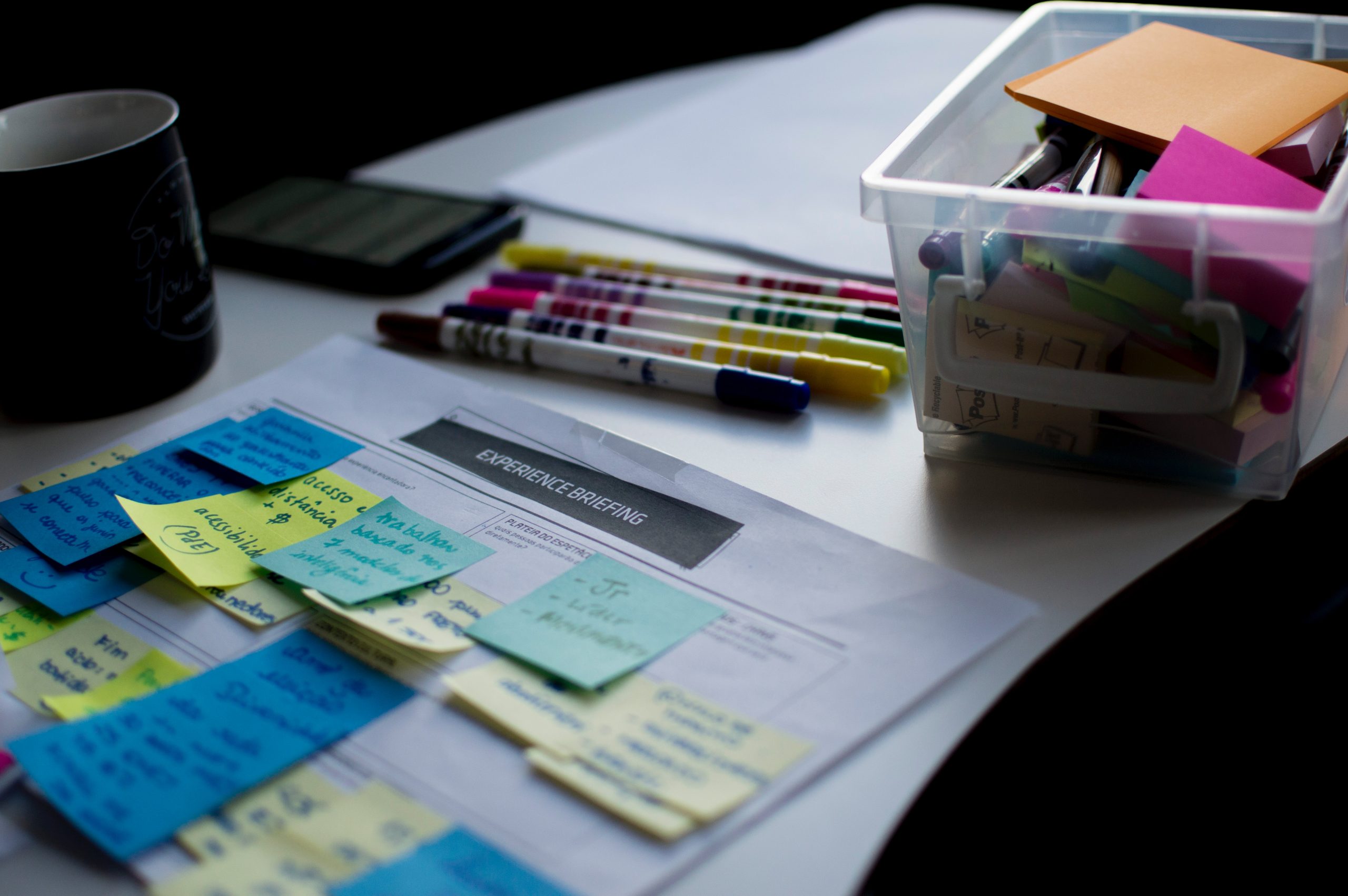Since last year, people are increasingly keen to learn how to hold effective conference calls. For those who lead team meetings, reflection is commonplace when it comes to making sure the valuable time spent together is as productive as possible. You might try different meeting structures or various frequencies of conference calls – you may even ask yourself ‘are conference calls effective at all?’. Balancing productivity with team engagement is the real challenge for meeting leaders. To find out how to achieve effective conference calls, read on to discover our top ten tips.
1. Allocating purpose is the first step to effective conference calls
An excellent measurement for effective conference calls is the level of active participation. Participation isn’t just when team members put forward ideas or thoughts. It can also include when they have some other purpose or responsibility. For example, minute-taking, leading the meeting agenda or even taking notes. Allocating purpose ensures that participants are involved with the conference and its contents, hopefully preventing team members from drifting into a daydream.
2. Spread out the Q&As
Rather than facilitating Q&A sessions towards the end of the conference call, set out some time at the end of each section of your meeting for call participants to ask their burning questions. Doing this can lead to a more effective conference call as this will likely reduce the number of people dwelling on questions they will want to ask later and will recalibrate their focus on the topic at hand.
3. Announce participants
One of the many hindrances impacting the quality of conference calls is when participants hold off engaging as they are unfamiliar with other people and what role they play in the call (or even the business). At the beginning of the meeting, announce members as they join the call and what their position is.
4. Establish a time guide
While it is easy to place blame on call participants for their lack of engagement, some self-reflection might be necessary to improve conference call effectiveness. For people heading up a conference call, some might find that they struggle with timing. Introducing a time guide to the different sections will likely encourage you (and other call members) to stay on track and keep a reasonable pace.
5. Effective conference call minute-taking
Minute-taking can be an excellent way to encourage participation and make your conference calls more effective. But it can also be a distraction from actively contributing to the call. Improving call effectiveness should be based on making it as easy as possible to have everyone contribute their ideas. That’s why smart conference call features can make a world of difference. Call recording can capture everything mentioned within the call and be made accessible at a later time, avoiding the need to source a minute taker.
6. Arranging at the right time is vital for effective conference calls
Something completely understated is booking in the conference call at the right time of the day, or even the week. If you are asking yourself how can conference calls be effective, it might be as simple as ensuring participant energy levels and spirits are high. Consider booking in your meetings Tuesday-Thursday if possible, and either late morning or mid-afternoon.
7. Ascertain the right group size
When it comes to team meetings and group sizes, ‘the more, the merrier’ isn’t necessarily the case. Overbooking your meeting can end up generating too much noise and remove the clear structure you have developed as participants may be eager to contribute. If possible, avoid booking on participants who aren’t essential or actively involved in the topics being discussed.
8. Recognising when a meeting is (or isn’t) needed
It’s a running joke in many offices that some meetings could easily be replaced with a quick email. Review the plan for the meeting and reflect on whether a quick email to your department might be more efficient.
9. Produce an agenda
A meeting agenda is one of the essential components for creating an effective conference call. These set out a structure for the conversation, ensuring that each topic is addressed and irrelevant ones are avoided. Agendas are also perfect for recurring meetings as your agenda document usually has room to add what should be discussed at the next conference call. If you are new to these, check out our guide on creating your own conference call agenda.
10. Use technology to your advantage to make conference calls effective
If you are eager to learn about how to run an effective conference call, the secret weapon is understanding how to utilise the technology around you. Teleconferencing has enabled a variety of novel and extraordinary situations. Nevertheless, it brings a variety of challenges. For example, participants may speak over each other as you are unable to observe body language. You might also forget to announce a participant – a pitfall we discussed earlier. It’s a sure way to reduce your conference call’s effectiveness and can create disengagement and confusion.
Thankfully, conference call services like WHYPAY? allow you to announce participants automatically or utilise advanced muting modes. If it’s right for your organisation, you could consider web-based video conferencing services. But using technology to advance your meetings doesn’t have to be complicated. Teleconferencing is an internet-free communication tool, meaning you can rely on the trustworthy phone calling system instead of the sometimes unreliable internet-based services. WHYPAY? offers free conference calling options, keeping things accessible and brilliantly simple.
Many of our users have sought after a comprehensive way to improve call meetings and found one with WHYPAY?’s free audio conference call features. Check out our conference call reviews to find out how others achieve conference call effectiveness.
Photo by Felipe Furtado on Unsplash




